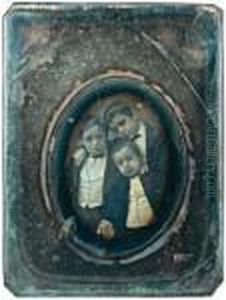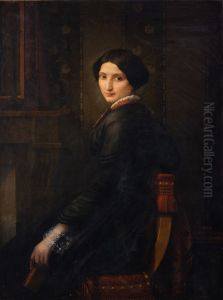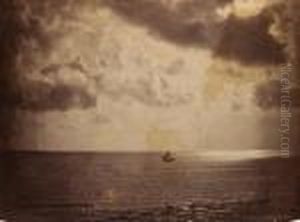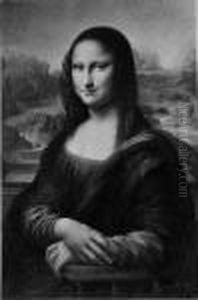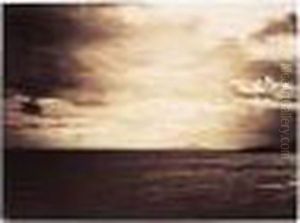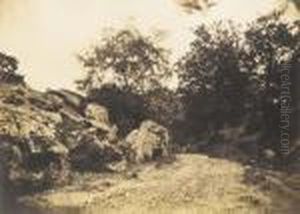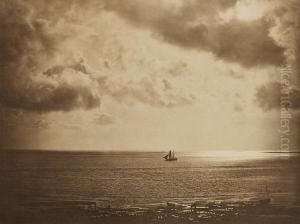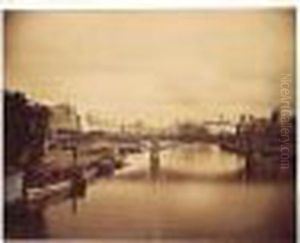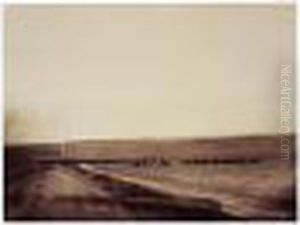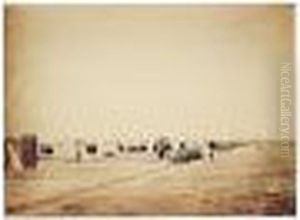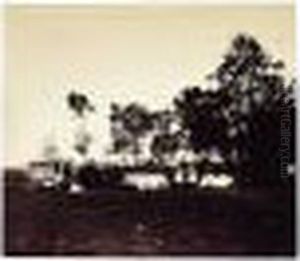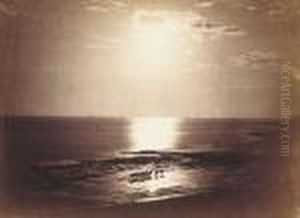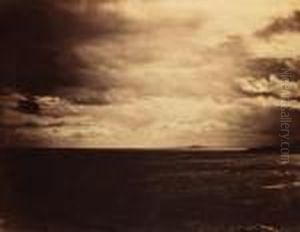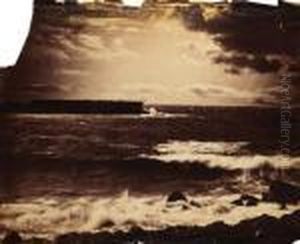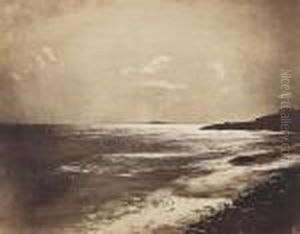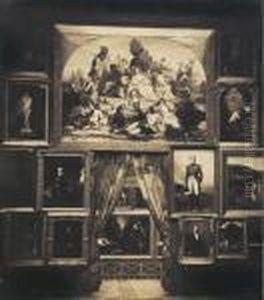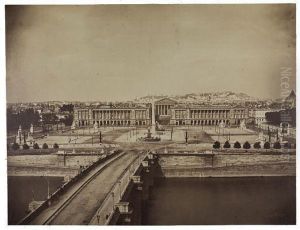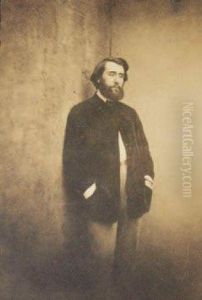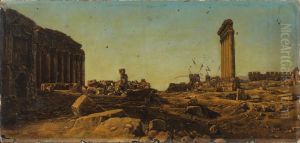Gustave Le Gray Paintings
Gustave Le Gray was a prominent French photographer and one of the most important figures in the history of photography. Born on August 30, 1820, in Villiers-le-Bel, Val-d'Oise, France, Le Gray initially studied painting and engraving before turning his attention to photography. He became known for his pioneering work in the development of the collodion process and was highly regarded for his innovative techniques in photographic printmaking.
Le Gray's influence extended beyond the technical aspects of photography; he was also a master of composition and light, which can be seen in his seascapes and landscapes. These works are often celebrated for their artistic quality and were groundbreaking at the time for their high level of aesthetic appeal.
In the 1850s, Le Gray produced a series of seascapes that are considered some of his most iconic works. His use of the waxed-paper negative, which he improved upon, allowed for greater detail and a wider range of tones. These seascapes also showcased his ability to capture both the sea and sky with a level of detail and exposure that was unprecedented at the time.
Le Gray's reputation grew, and he became the official photographer for Napoleon III. He documented historical events and captured the grandeur of French architecture. However, despite his success, Le Gray faced financial difficulties and eventually left France.
In the later part of his life, Le Gray traveled to the Middle East, documenting landscapes and historical sites in Egypt, Syria, and Palestine. These photographs contributed to the field of orientalist photography and were among the earliest images of these regions to reach a wider Western audience.
Gustave Le Gray died in Cairo, Egypt, on July 30, 1884. His contributions to the art and science of photography continued to influence photographers and artists for generations. Today, his works are held in high esteem and can be found in major museums and collections around the world.
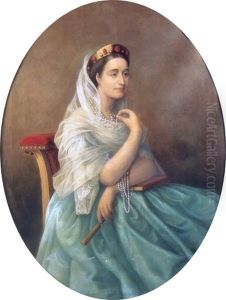
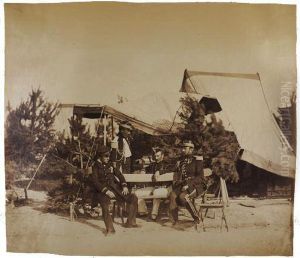
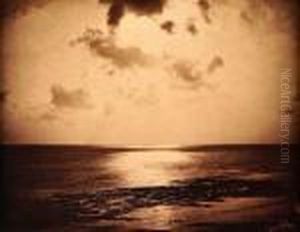
!['la Vague Brisee [the Broken Wave]](https://www.niceartgallery.com/imgs/2443156/s/gustave-le-gray-la-vague-brisee-the-broken-wave-f37aae19.jpg)
